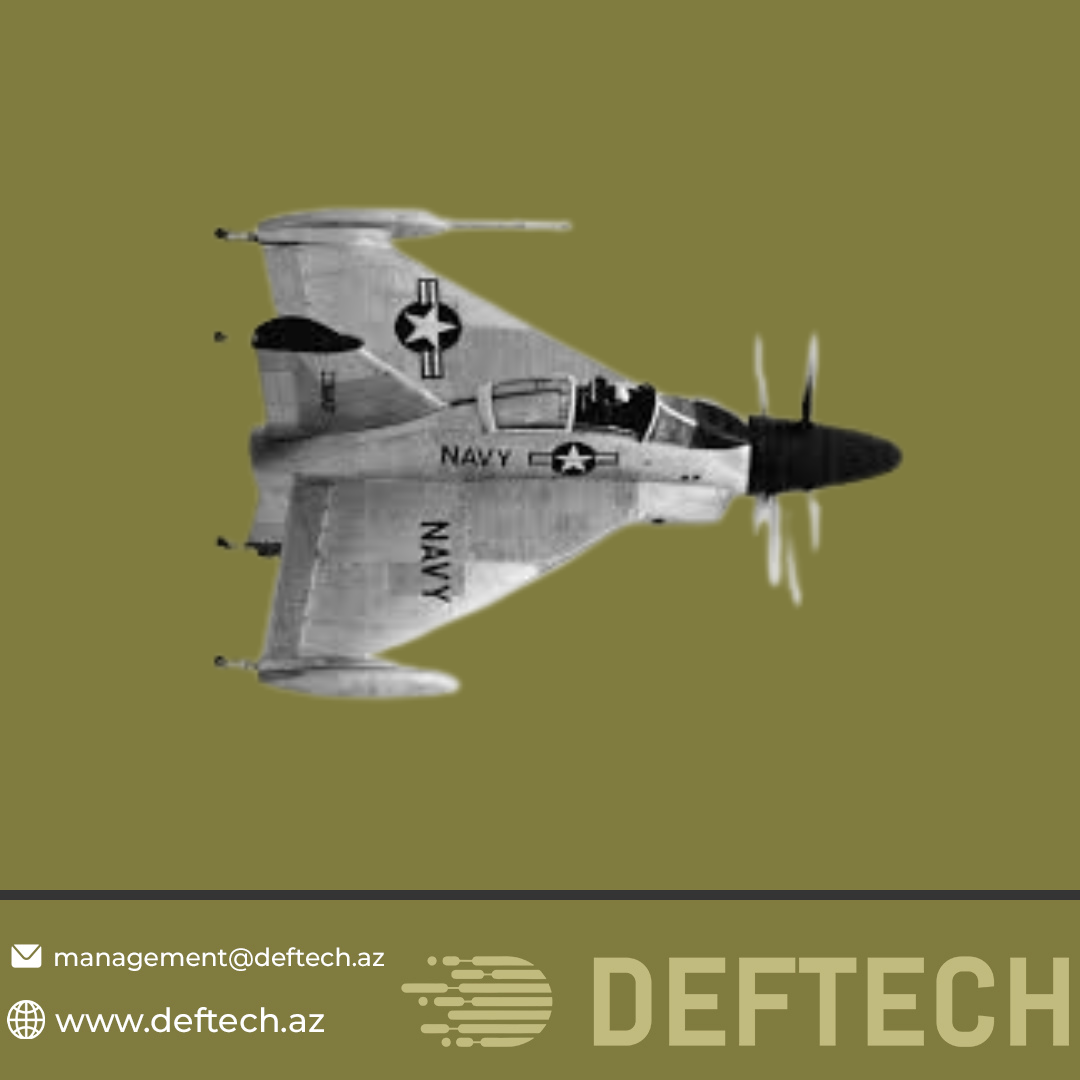About POGO aircraft
Convair XFY-1 Pogo – Overview
The Convair XFY-1 Pogo was an experimental VTOL (Vertical Takeoff and Landing) aircraft developed by the U.S. Navy after World War II. It was designed to operate as a high-performance fighter from small warships without the need for a runway.
Design and Development
-
The Pogo had delta wings swept at 52 degrees.
-
It was powered by a contra-rotating propeller system driven by an Allison XT40-A-14 turboprop engine, producing around 7,100 horsepower.
-
The propellers had a diameter of 4.88 meters.
-
The pilot’s seat could tilt from 45° to 90° to accommodate vertical and horizontal flight modes.
Test Flights and Issues
-
The first tethered flight was conducted on April 19, 1954, by test pilot Lt. Col. James F. “Skeets” Coleman.
-
The first free flight took place on August 1, 1954.
-
Landing was extremely difficult—the pilot had to look backward and carefully descend.
-
The aircraft also struggled with slowing down at high speeds, due to its light structure and lack of air brakes.
Project Cancellation
-
Due to technical and operational difficulties, and the emergence of more capable jet-powered fighters, the Pogo project was cancelled in 1955.
-
Although it was an important step in the evolution of VTOL technology, it wasn’t suitable for practical deployment.



